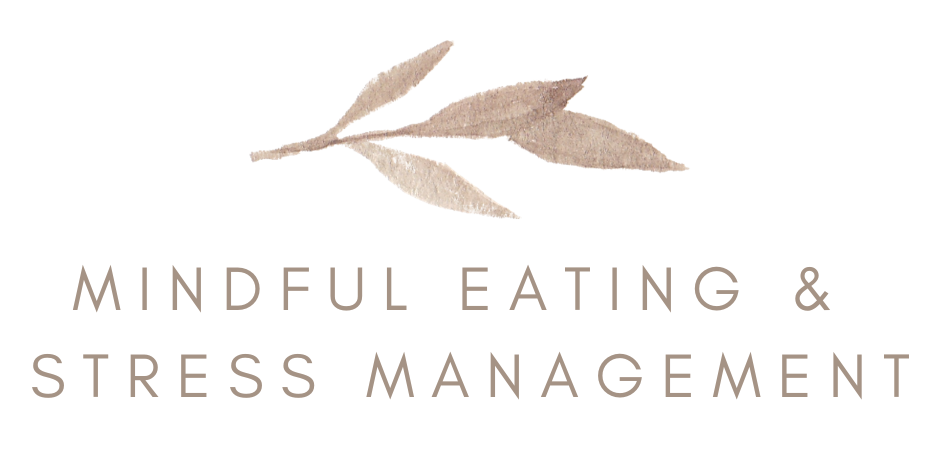Issue: 2: What Is Mindfulness?
Have you heard of mindfulness? Mindfulness is relatively new to the general public, yet it is an ancient practice which has been introduced to traditional medicine and the United States by Jon Kabat-Zinn in the late 1970s. Yet it’s roots are not exclusively from the Buddhist culture.
According to Jon Kabat-Zinn to be mindful means: to pay attention, on purpose, in the present moment, non judgmentally.
In terms of one's relationship to food, we know that practicing formal mindfulness techniques such as meditation can create an inner resource of stillness, balance and calm that becomes available to cope with eating struggles as they arise. When we are driven to eat unhealthy foods in response to feelings of sadness, fear, health problems, a jolt of stress etc., we now have an inner resource to “weather the storm” while embracing such moments with more self-compassion, clear mindedness, insight, acceptance and awareness. At such times, the impulse eat in ways which only reinforce regret, guilt, and shame are diminish.
So how do we learn mindfulness skills? Where do we start? You can Google “mindfulness” to learn, try a guided mindfulness meditation practice on YouTube or start to read about it. A great book I highly recommend as a starting point would be “Wherever you go, there you are” by Jon Kabat-Zinn. It's a wonderful introduction to mindfulness and explores the various dimensions of what mindfulness is all about.
Newsletter tips:
• Mindful eating is not what you think, it is what you experience.
• When eating mindfully, we want to enjoy the eating experience with all the senses. • Do not expect any results or changes as you eat mindfully.
• Gently focus on the experience of eating: The taste, smell, sight, temperature of the food, the texture etc.
• When you realize you are distracted by your thoughts, judgments, body sensations, feelings, time pressures etc., gently come back to the experience of eating.
This Newsletter quote:
“We are simply witnessing the many sensations, thoughts, and emotions that come up around eating. This is done in a straightforward, no-nonsense way, but it is warmed with kindness and spiced with curiosity. Using mindfulness we will find that anything, anything, we bring our full attention to will begin to open up and reveal worlds we never suspected existed. In all my experience as a physician and Zen teacher I have never found anything to equal it.”
~Jan Chosen Bays, MD
Orange Meditation
Take the time to eat an orange in mindfulness. If you eat an orange in forgetfulness, caught in your anxiety and sorrow, the orange is not really there. But if you bring your mind and body together to produce true presence, you can see that the orange is a miracle. Peel the orange. Smell the fruit. See the orange blossoms in the orange, in the rain and the sun that have gone through the orange blossoms. The orange tree has taken several months to bring this wonder to you. Put a section in your mouth, close your mouth mindfully and with mindfulness feel the juice coming out of the orange. Taste the sweetness. Do you have the time to do so? If you think you don’t have time to eat an orange like this, what are you using that time for? Are you using your time to worry, or using your time to live?
---Thich Nhat Hanh
Eat Mindfully, Breathe Mindfully & Enjoy Life!
